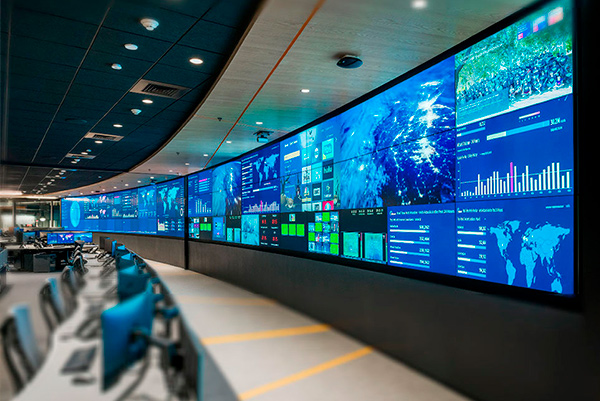Perfecting Hue Accuracy in Light Emitting Diode Wall Adjustment for Stunning Graphic Displays
Perfecting Hue Accuracy in Light Emitting Diode Wall Adjustment for Stunning Graphic Displays
Blog Article
Hue accuracy is essential for producing breathtaking visual presentations, particularly when employing LED screens. These massive displays are frequently found in locations like music venues, athletic arenas, and promotional billboards. When the hues on an LED screen are not correct, the visuals can look flat or warped, which can affect the total impression for viewers. Therefore, perfecting color precision in LED screen tuning is crucial for achieving vibrant and realistic visuals.
The first step in guaranteeing color accuracy is understanding how LED technology works. LEDs, or light-emitting diodes, produce light in various colors by mixing red, green, and blue (RGB) light. Each dot on an LED screen is made up of these three hues. When calibrated correctly, the combination of RGB can produce a broad range of colors. However, if one color is too intense or too dim, it can distort the whole screen. This is why calibration is necessary to equalize the colors and achieve the intended visual effect.
Tuning involves modifying the settings of the LED wall to make sure that the colors displayed correspond the original content as nearby as possible. This procedure usually includes using specialized software and hardware instruments. Technicians frequently use color assessment devices, such as spectrophotometers, to examine the hues being displayed. By contrasting the measured colors to benchmark color values, they can make precise modifications. This ensures that the hues are not only lively but also uniform across the whole screen.
Another crucial factor of color precision is understanding the surroundings in which the LED wall is employed. Factors such as ambient light can significantly affect how colors appear. For instance, a brightly illuminated room may fade colors, making them look less vibrant. To counteract this, technicians may modify the brightness and differentiation settings of the LED wall. Additionally, they may select specific color profiles that are more suited for different lighting environments. This adaptability helps maintain color precision regardless of the observing environment.
Ultimately, regular upkeep and re-tuning are essential for keeping an LED screen looking its best. Over time, the performance of LEDs can change due to factors like aging and heat fluctuations. Regular checks and modifications can help guarantee that the colors stay correct and vibrant. By committing time in appropriate calibration news and maintenance, venues can offer audiences with stunning graphic presentations that improve their total experience. Perfecting color precision in LED wall calibration is not just a mechanical task; it is an expertise that adds to the magic of visual narration.